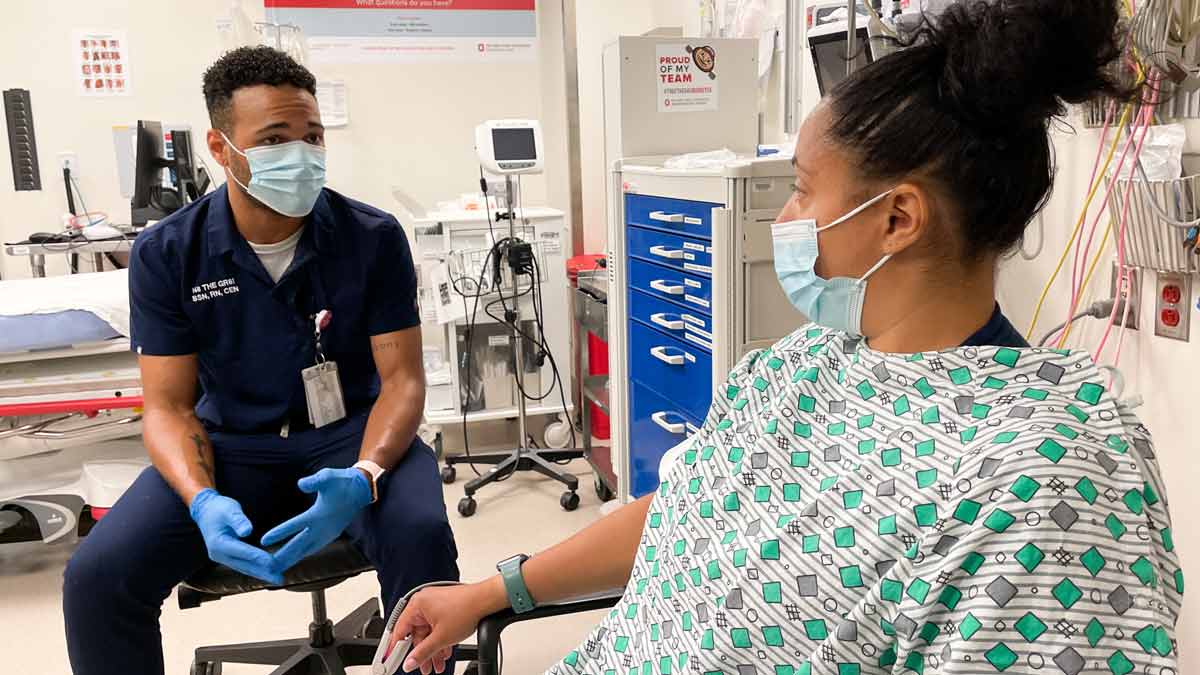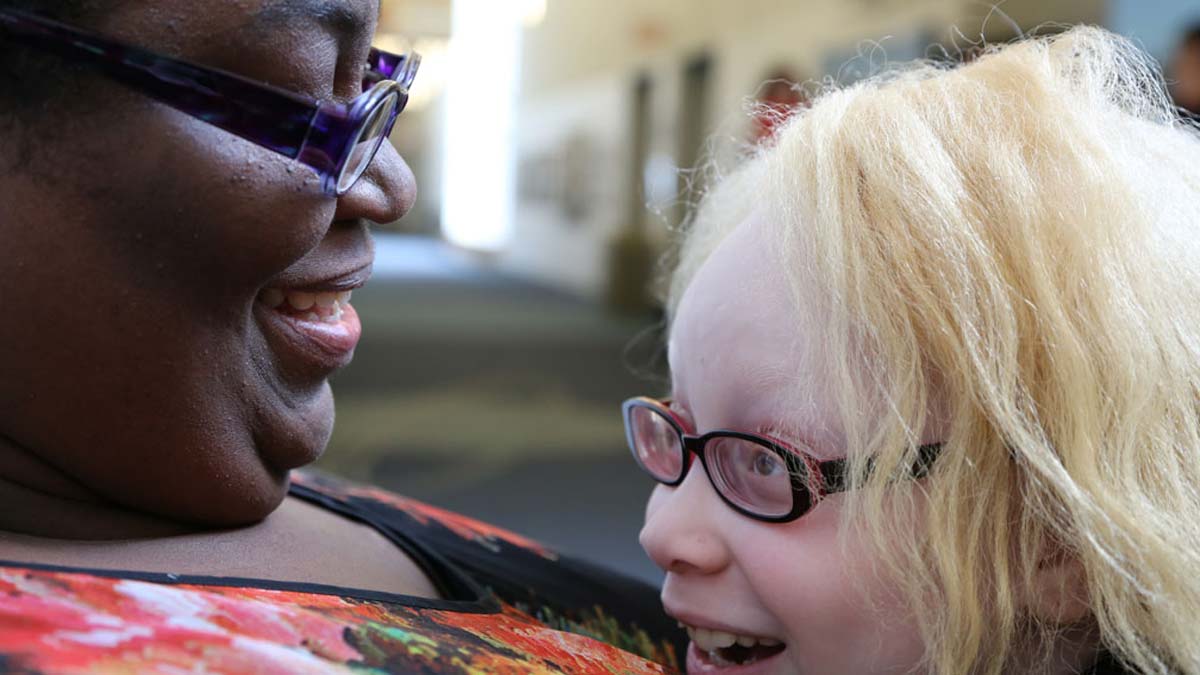Do roller coaster temperatures affect your health?

One day it’s 50 degrees, the next it’s 10. The yo-yo weather we often experience as seasons change can create an ideal environment for people to get sick. But it’s not necessarily tied to how you dress for the weather.
There’s actually a lot of uncertainty around what the driving factors are for the peaks in illness during weather fluctuations. What we do know is that viruses like the common cold, respiratory syncytial virus and influenza tend to peak during the winter months and wane in the summer months. And it’s not the weather changes that cause illness, but environmental factors that make things more hospitable to illness transmission. Here’s how:
Humidity levels
When there are giant fluctuations in temperature, it can significantly affect the humidity in the air. When you have a higher humidity level in the air, it slows how these microscopic droplets transmit. For example, there’s some research that shows that, in high humidity environments, the flu virus doesn’t travel quickly through the air. That slowing results in virus inactivation and death. When weather fluctuations result in dramatic drops in humidity levels, viruses that are higher in prevalence tend to be able to travel through the air from host to host much more easily.
Welcoming environment for viruses
Studies in non-animal environments that looked at how viruses reproduce found the cold virus does better in 30 to 40 degree temperatures. This also goes for the flu virus, which can survive longer in cooler temperatures. Based on these findings, theories suggest that, in humans, when the nasal passages get colder and people breathe in colder air, it creates a hospitable environment for viruses to reproduce and take hold.
Immune system
Although there isn’t a direct linkage between temperature and illness, cold weather can impair the immune system. If your body experiences severe cold and your core temperature drops, your immune system may not function as well, making you more susceptible to infection.
Keeping close quarters indoors
The weather influences what we do. If it’s cold, we stay indoors. When it’s warmer, we’re outside and we tend to be more spread out, so virus transmission from person to person is less. Also, heating systems aren’t recirculating warm dry air and viruses with it.
Seuli Brill is a primary care physician at The Ohio State University Wexner Medical Center.




